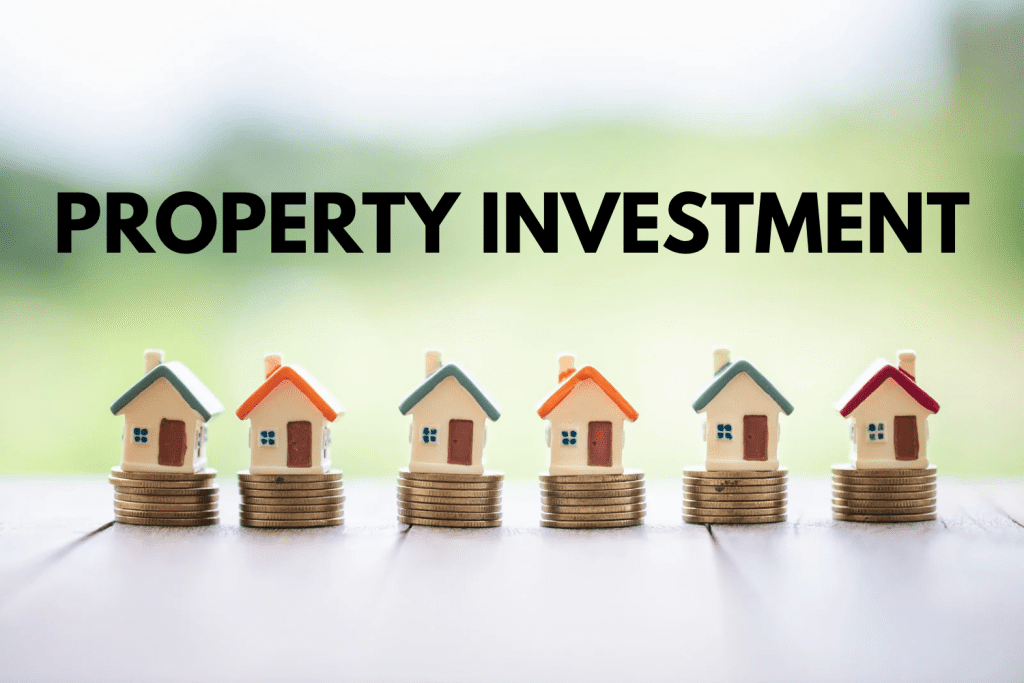
Investing in property is a key step in leveraging tax strategies effectively. As the financial year-end approaches, it’s crucial to actively optimize deductions, scrutinize structures, and maintain up-to-date records. According to recent research, the average Australian gets a tax refund of around $2,500 but property investors often see much more thanks to deductions like interest, depreciation, and negative gearing
With the right foundation, documentation, and expert advice, a well-positioned property portfolio can deliver substantial tax savings especially when utilizing savvy strategies like interest-only loans and up-to-date Self-Managed Super Fund (SMSF) records.
1. Partner with investment-savvy tax professionals
One common mistake is relying on low-cost, generalist accountants, often found in shopping center kiosks, who may not fully understand complex property tax rules. To truly maximize deductions:
• Choose specialists: Seek advisors with strong track records in property investment, negative gearing, SMSF compliance, and depreciation schedules.
• Value long-term guidance over shortterm fees. Over-claiming or missing legal deductions can trigger ATO audits and penalties.
• Align with strategic planning, not just annual returns. A knowledgeable professional can help structure purchasesfrom asset acquisition to exit.
With nearly half of all landlords claiming rental losses and negatively gearing their assets in 2022–23, experienced tax advice is in high demand, but also highly valuable.
2. Structure the property before purchase
How a property is owned has significant tax implications. Consider:
• Trust structures: Family trusts or unit trusts can isolate investment assets and maximize distribution flexibility.
• SMSF ownership: Over 646,000 SMSFs hold $1.01 trillion in assets, 10% of which are real property . Purchasing via an SMSF may offer tax benefits, especially during accumulation and pension phases.
• Borrowing arrangements: Ensure loans are structured to allow interest deductibility and possibly a 100% claimable interest-only period.
Strategically set up the correct entity before buying, to avoid adverse tax treatment later.
3. Keep impeccable records from the start
Documentation is a mandatory requisite under ATO rules. To ensure clarity and audit-proof your claims:
• Track loan statements, legal fees, agency invoices, repairs, and maintenance.
• Use digital accounting tools or a structured folder system. The ATO rental property guide reminds investors to substantiate expenses and differentiate between capital versus immediate deductions.
• For SMSF-owned properties, ensure quarterly valuations and annual updates. 80% comply, but only 48% consistently update unlisted assets which are a compliance risk.
Also remember to file your paperwork regularly and don’twait until EOFY to catch up.
4. Use interest-only loans for maximum deductible interest
One of the most powerful property tax strategies is retaining interest-only loans:
• During interest-only periods, 100% of repayments are deductible.
• Many investors claim a sizeable amount almost always covering more than interest costs.
• In inflationary cycles, higher interest payments make deductions more valuable, often turning portfolios into negativegeared assets.
Remember, negative gearing lets you offset rental losses against other income. With changing interest rates and upcoming reforms, plan your loan structure carefully and don’t ignore re-financing fees or broker charges, which are also deductible over time
5. Maintain SMSF property tax records rigorously

If investing through a Self-Managed Super Fund, the administrative burden is even greater:
• Ensure annual valuations, particularly of unlisted propertywhich are updated in less than half of SMSFs.
• From July 1, 2025, earnings on SMSF balances above $3 million will be taxed at 30% under Division 296 which is a major shift from the previous 15%.
• Keep up-to-date with changes, maintain commercial rental valuation records, and ensure loan compliance under required levels for non-arm’s-length arrangements.
Good structure and meticulous tracking can help manage or delay the impact of the new SMSF tax environment.
6. For propertybased businesses: BAS compliance & serviceability first
If you run a business within or alongside your property investment:
• File Business Activity Statements (BAS) on time.
• Stay current with GST, PAYG and superannuation compliance, especially if renting commercial space or financing property rehab.
• Assess your serviceability which in turn can help you withrental profits and cash flow support. Also try not to chase tax deductions at the cost of risking loan default.
Wrapping It Up
Proper tax optimization isn’t just about maximizing deductions, it is about structure, records, loans, compliance, and strategic borrowing. Engaging specialist tax advisors, setting up the right investment structure before purchase, maintaining disciplined recordkeeping, using interestonly loans to claim maximum deductions, keeping SMSF documentation current, and prioritizing loan serviceability all contribute to stronger portfolios and cleaner tax outcomes.
Australia’s tax system continues to favor property investorsbut only if you treat tax as a deliberate part of your investment strategy. With endofyear deadlines approaching, now is the time to act: ensure structures are in place, records are updated, loan arrangements reviewed, and professional support engaged.
Reach out to us to get a special discount on your property depreciation report through our partner.


One Response
Hi, find your information very interesting and knowledgeable.
Comments are closed.